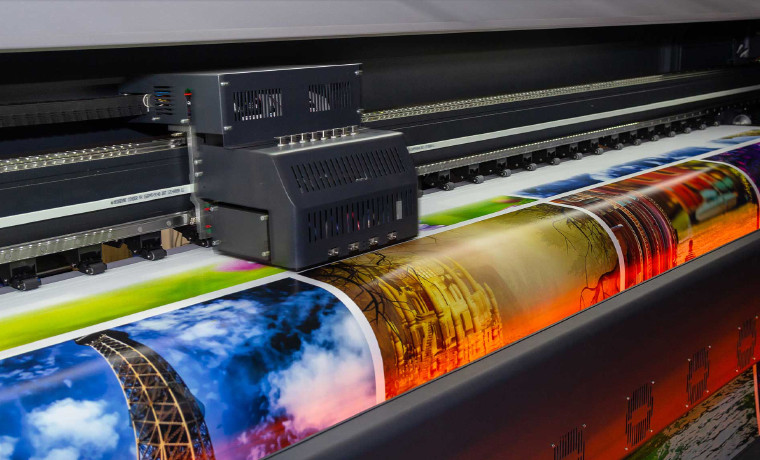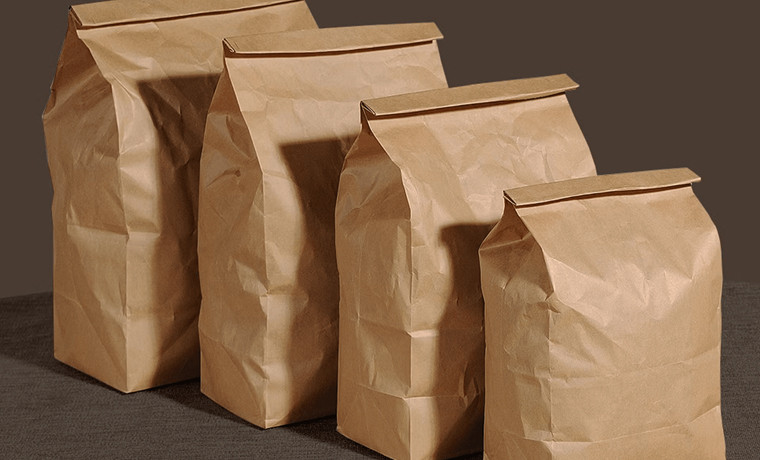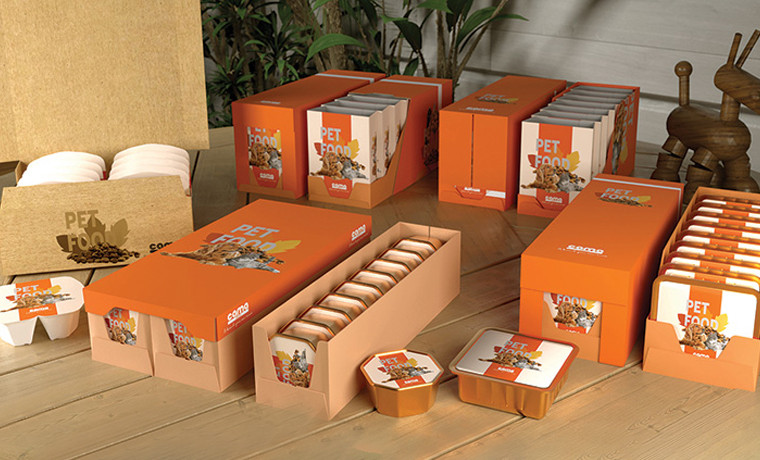Exploring the World of Digital Printing: Guide 101

In today’s fast-paced, evolving world of printing, companies look for modern printing methods to bring their dream to life. Digital printing - an alternative to traditional printing like flexography and lithography printing is the technique that has revolutionized the printing industry.
The companies working in the printing world are familiar with this digital term. However, many newbies may not know what digital printing is.
This blog will cover everything you need to know about digital printing and its types. You will learn its applications and benefits, which can help you use it according to your needs. Let’s kick things off!
What Is Digital Printing?
Digital printing is a flexible and fast printing method that transfers digital-based, sharp images and colorful prints directly onto a wide range of print media. Unlike offset printing, it does not require physical plates to transfer ink onto the paper.
Using this digital method, you can directly print from a digital file (like PDFs, JPEGs, or TIFFs) onto the desired material. This printing is an excellent choice for short-run, customization, and quick turnaround.
You have an understanding of this printing process. Are you familiar with the printers used in this method? Read on!
What Is A Digital Printer?

Digital printers are efficient digital printing machines. They are widely used in homes or businesses to print images directly onto the surface of a digital file.
Simply put, these digital printers use technology to transfer ink onto the chosen materials, such as paper or cardboard. There are two types of digital printers:
1. Inkjet Printers
These printers, using tiny nozzles, spray liquid ink droplets onto paper. The colors are vibrant and of high quality as a result. Offering excellent color accuracy and versatility for various print tasks, these printers are a good choice for professional photography and graphic design.
2. Laser Printers
These printers are high-speed and efficient, which makes them ideal for businesses and offices. They produce sharp and precise printing using laser technology and toner powder.
Let’s move on to this printing process and see how digital printing works.
Digital Printing Press Process

The process of digital printing is simple and efficient.
- File Preparation: Start the process with a file created in digital form (like a PDF or JPEG). Make sure it fits in size and is properly cropped.
- Printing Setup: Set the printer settings for paper type, size, and print quality.
- RIP (Raster Image Processing): Processes and converts the digital file into a print-friendly format using a printer’s software.
- Printing Process: The digital printer applies ink to the paper or subtracts directly from the digital-based file.
- Finishing: Finally, the print is out. Make sure the cutting, folding, or binding steps are complete.
DONE! It’s time to explore the digital printing types. Stay tuned!
Read Also: Lithography Printing 101: Understand How It Is a Good Choice
Different Types Of Digital Printing

Digital printing has different types, such as:
- Inkjet Printing: Uses liquid ink sprayed through tiny nozzles for vibrant and detailed prints.
- Laser Printing: Uses toner powder and laser technology for fast, precise text and graphics. Good for large-volume printing and text-heavy documents.
- Digital Offset: Combines digital and traditional offset techniques to produce high-quality prints and high-volume orders.
- Solid Ink Printing: This uses melted solid inks that are sprayed onto the paper to produce vibrant colors and benefits the environment as it reduces waste.
- Dye-Sublimation: Transfers dye using heat onto various materials from paper to plastic and fabric. Perfect for printing high-quality photos and promotional materials.
These methods offer versatility and quality for a range of printing needs. Let’s look at digital printing examples and see its applications.
Common Applications Of Digital Printing
It has been used in a wide range of applications and in various industries.
- Business and Office Stationery: Inkjet and laser printers are used for daily tasks like printing documents and labels.
- Personalized Gifts: This printing technique allows you to personalize your gifts like mugs or photo books to leave a lasting impact.
- Home Decor: Personalize your home decor items by using this printing technique.
- Business Cards: This printing is used in producing customized business cards as marketing materials.
- Brochures and Flyers: Digital commercial printing is ideal for attractive promotional materials like brochures and flyers.
Key Advantages Of Digital Printing
There are several benefits of using digital printing technology. It’s time to explore its perks.
- Speed and Convenience: Quick turnaround times for fast-paced projects, as no setup is required. Ideal for completing orders on tight deadlines.
- Customization: Easy to print variable data like names and addresses, and can be easily personalized.
- Quality Outputs: High-resolution prints with sharp details and vivid colors.
- Flexibility: Handles various substrates and other materials from paper types including cardboard to fabric and plastic.
- Reduce Waste: Just the needed amount is printed, which minimizes overproduction.
- Cost-efficient: Excellent for small-run projects without high setup costs.
- Cheaper Black and White Printing: Black and white prints are cheaper than colorful prints.
These perks of digital printing make it a superb choice for on-demand personalized printing needs.
You have a full understanding of what digital printing is now. Let’s wrap it up.
Concluding Point
We have explored in detail what is digital printing. In a nutshell, it is a game-changer in the printing industry that uses digital files to produce high-quality images directly onto various media. Offering quality and flexibility, this printing can quickly produce short runs and easily customize prints, which makes this technique an excellent choice.
This cost-efficient printing solution offers countless customizations and is ideal for business owners who seek high-quality marketing materials or for those who seek personalized gifts. Whether it is about printing magazines, newspapers, or books, you can join hands with Custom Product Packaging. Discuss your printing needs with our printing team. Just drop us a short email at orders@customproductpackaging.com. We are right here!





